Historic former library in Kamakura to be demolished
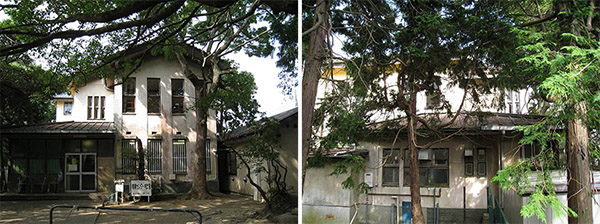
On January 5, Kamakura City announced plans to demolish a historic property that was originally the Kamakura City Library, and until recently had been used as a training center.
The 2-storey wooden building was completed in 1936. It is located between the Onarimachi’s local city office and the Onari Elementary School and is 200 meters west of Kamakura Station. Aside from a brief period during the war when it was confiscated by the military, the building had been was used a library until 1974. Afterwards it had been used by the city’s Board of Education for a variety of uses.Read more
Denenchofu to lose landmark historic home

On December 17, 2014, the historic Suzuki Residence in Denenchofu 3 Chome was opened up to the public for a farewell tour before demolition.
At the open day, the current owner, who is the grandchild of Mr. Suzuki, spoke about their fond memories of the home. Over the years it had hosted family birthday parties, weddings and funerals, and has been the setting for several TV dramas. The 90-year old house, which has been registered as a Tangible Cultural Property, has been painstakingly cared for and is in beautiful condition.
The Suzuki Residence was built during the Taisho era for a German resident. It was later purchased by Mr. Suzuki for his son, who later returned from the war to to live in the house with his family. The architect is unknown, although some have suggested it might have been Kintaro Yabe, the designer of the Denenchofu Station Building, since the buildings are similar in style.
It is a 2-storey western-style home with a total floor area of 165 sqm. It sits on a large 928 sqm block of land which fronts onto Denenchofu’s gingko tree-lined main street.
The decision to demolish the home was not an easy choice by the owner. However, selling the property would prove to be difficult given the size of the land and the limited buyers in that price range. Average land prices in the Denenchofu 3 Chome area are currently around 1 million Yen/sqm, which would give the property a market price of around 930 million Yen*.
*Update: In April 2015, the new owner of the property (a developer) listed the land for sale for 1.12 billion Yen, or approximately 1,200,000 Yen/sqm. Under the terms of sale, the buyer is required to use the home builder designated by the seller and sign a construction contract within 3 months of purchase.
High inheritance taxes are another issue.Read more
150+ year old warehouse and shop in Bunkyo-ku at risk of demolition

The owner of a historic shop in Bunkyo-ku, Tokyo announced plans to demolish the building and sell the land after having difficulty in maintaining the 150 year old property. Local residents have formed a group to oppose demolition and held a public symposium on December 17th to call for urgent action to protect the property.
The former Iseya Pawnshop, located alongside the Hongo-Kikuzaka slope, operated from 1860 to 1982. The property consists of three buildings including a 2-storey warehouse, shop and a 1-storey tatami room. The traditional warehouse dates from the Bakumatsu era, or the closing days of the Tokugawa shogunate (1850s ~ 1860s) and was relocated from Shikihama in Adachi-ku to its current location in 1887. The tatami room was built in 1890 and the shophouse was built in 1907.
Ichiyo Higuchi, a prominent author of the Meiji period who is featured on the 5,000 Yen banknote, mentioned the store in her writing as she lived in the neighbourhood for several years.Read more
Suginami-ku buys historic villa for 3.1 billion Yen
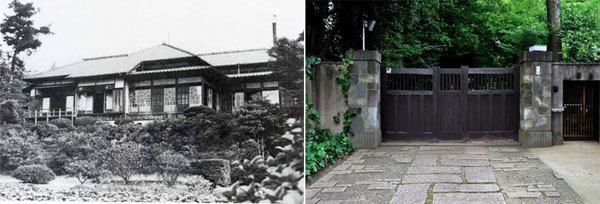
Suginami ward in Tokyo has purchased the historic Tekigai Villa in Ogikubo 2 Chome for 3.1 billion Yen and plans to preserve the house and restore its gardens.
Tekigaiso was built in 1927 and designed by architect Ito Chuta. Ito was a leading architect in early 20th century Imperial Japan and had designed the original Meiji Jingu Shrine, the Okura Museum of Art near Hotel Okura in Akasaka, and the Tsukiji Hongan-ji Temple.Read more
Hope fades for historic Yokohama warehouse as demolition begins
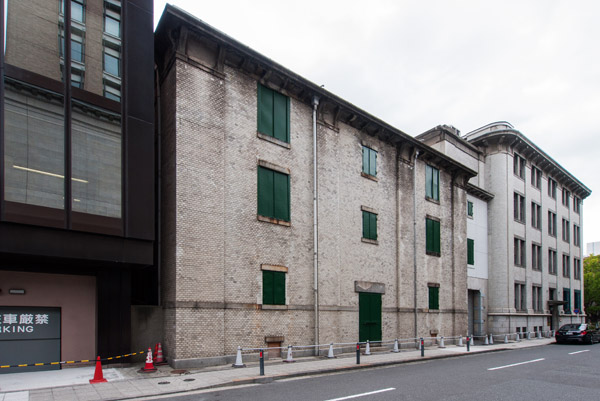
Despite the best efforts of architects and historians from across the country, the owner of the Former Mitsui Bussan Yokohama Warehouse in downtown Yokohama is pushing ahead with demolition.
On November 5, a notice was posted outside the 104-year old building indicating the start of demolition. The building will be completely razed by mid-February 2015. The owner, Tokyo-based real estate and expat leasing company Ken Corporation, has ignored pleas from various preservation groups.
The Former Mitsui Bussan Yokohama Warehouse was designed by Oto Endo and built in 1910. Endo was a pioneer in designing reinforced-concrete buildings and this was one of the earliest structures in Japan to incorporate RC in the construction. He also designed the adjoining Mitsui Bussan Yokohama Office Building in 1911, which was the first building in the country to be built entirely out of reinforced concrete. The two buildings formed an important part of Yokohama’s silk trade, and the warehouse was used for the storage of silk.
Shirokanedai Institute of Public Health (c1938) to be restored
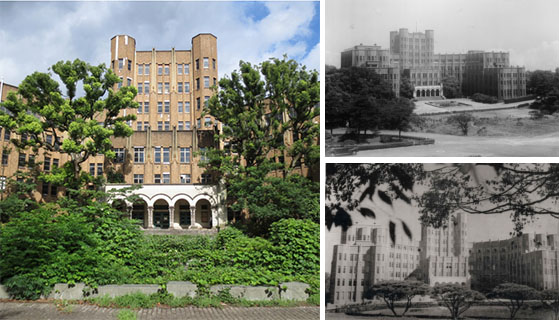
The historic Institute of Public Health building in Shirokanedai, Minato-ku, Tokyo is going to be restored and converted into a centre for palliative care for cancer patients, a children’s club and short-term child care facility.
The Institute was built in 1938 as a medical training and research centre. The 76-year old building has a total floor space of 15,000 sqm with two basement floors, five floors above ground and a 3-storey tower. It was designed by architect and engineer Yoshikazu Uchida. Uchida designed a number of buildings for the University of Tokyo and also worked on the design of the Dojunkai Apartment buildings across Tokyo and Kanagawa Prefecture. His style became known as ‘Uchida Gothic’.Read more
Singapore developer buys Seiko Estate, plans to build luxury residences
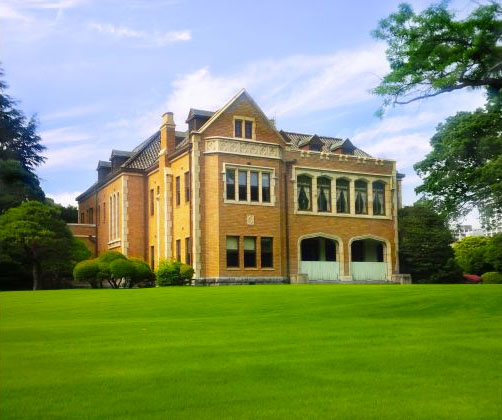
Singapore-based City Developments (CDL) and an US investment firm have purchased the historic and expansive estate of Seiko founder Kintaro Hattori in Shirokane for approximately 30.5 billion Yen (279 million USD).
CDL plan to develop luxury condominiums on the 16,815 sqm site and also plan to conserve the historic residence of Mr. Hattori which was built in 1933.Read more
